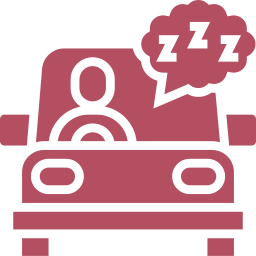When you detect unusual noises on your Cadillac Escalade you commonly tend to be troubled. Especially when you experience a noise coming from the release bearing of your Cadillac Escalade. It is instantly assimilated to an engine problem and can therefore be serious. As we know that you do not take these problems lightly, we have chosen to write this document to support you locate the causes and free yourself from this matter as quickly as possible. To do this, we will first focus on the purpose and operation of the release bearing of your clutch, and in a second step we will look in detail at the different release bearing noises on Cadillac Escalade and their sources.
What is the function and operation of the release bearing on Cadillac Escalade?
Function of the release bearing on Cadillac Escalade
The release bearing of your Cadillac Escalade has a fundamental purpose in the operation of your entire gearbox system. In fact, its task is to liberate the gearbox from the rotation of the engine block via its action. This will allow you to shift gears. It is operated by the clutch pedal and then by the release fork, which, when it is activated, will press on the clutch and release the gearbox from engine rotation for you allow you to shift gears on your Cadillac Escalade.
Function of release bearing Cadillac Escalade
Let’s now look at the technical side, the release bearing is composed of two units, a first fixed part that slides only when the stop is pulled, or pushed (depending on its type) and finally a rotating part that is composed of a bearing that will allow it to stay in contact with the mechanism and follow its rotation.
There are two different sort of release bearing Cadillac Escalade :
- Pulled release bearing
- Hydraulic release bearing
It is the most unconventional of the two sort of release bearing . This one, contrary to the hydraulic type, is operated by a mechanical pulling system that will release the clutch disc. In this case, the release bearing must be mechanically fixed to the mechanism.
The hydraulic release bearing, although more technical, is the version most used in modern automobiles. It is however more sophisticated than the pulled release bearing. In fact, it will be composed of a hydraulic tube that will receive the pressure straight from the clutch pedal.
More conventional clutch stop
Release bearing noises Cadillac Escalade and their sources
I experience a release bearing noise on Cadillac Escalade each time I drive and it stops when I depress my clutch pedal
If you experience a noise from your gearbox, release bearing or clutch itself when your engine is running, but it ends when you press your clutch pedal, this noise often sounds like a bell noise, it is highly conceivable that your release bearing is the reason. Make sure that this noise stops when you disengage, in which situation it is time to replace the release bearing of your Cadillac Escalade.
I experience a release bearing noise when my pedal is up and I experience jolts in my foot
If you experience too much or too little resistance when you press your clutch pedal, and it is linked with jolts that you can experience in your clutch pedal, then the stop/fork release/blades grouping is deteriorated. In fact, this noise often comes from the broken fork that no longer allows the system to function normally.
I experience a grinding noise coming from the release bearing of my Cadillac Escalade when I try to shift gears and they do not shift
This matter shows up most often on models equipped with hydraulic release bearing. It is often associated with a clutch pedal that has little or no resistance. If you are in this circumstance and you feel a grinding or cracking noise coming from the release bearing of your Cadillac Escalade, then you probably have a leak coming from your release bearing. It must therefore be replaced almost instantly or risk damaging your gearbox in addition to the clutch. If you have a noise coming from the gearbox of your Cadillac Escalade and it’s not from your release bearing, check this article to have more informations.

